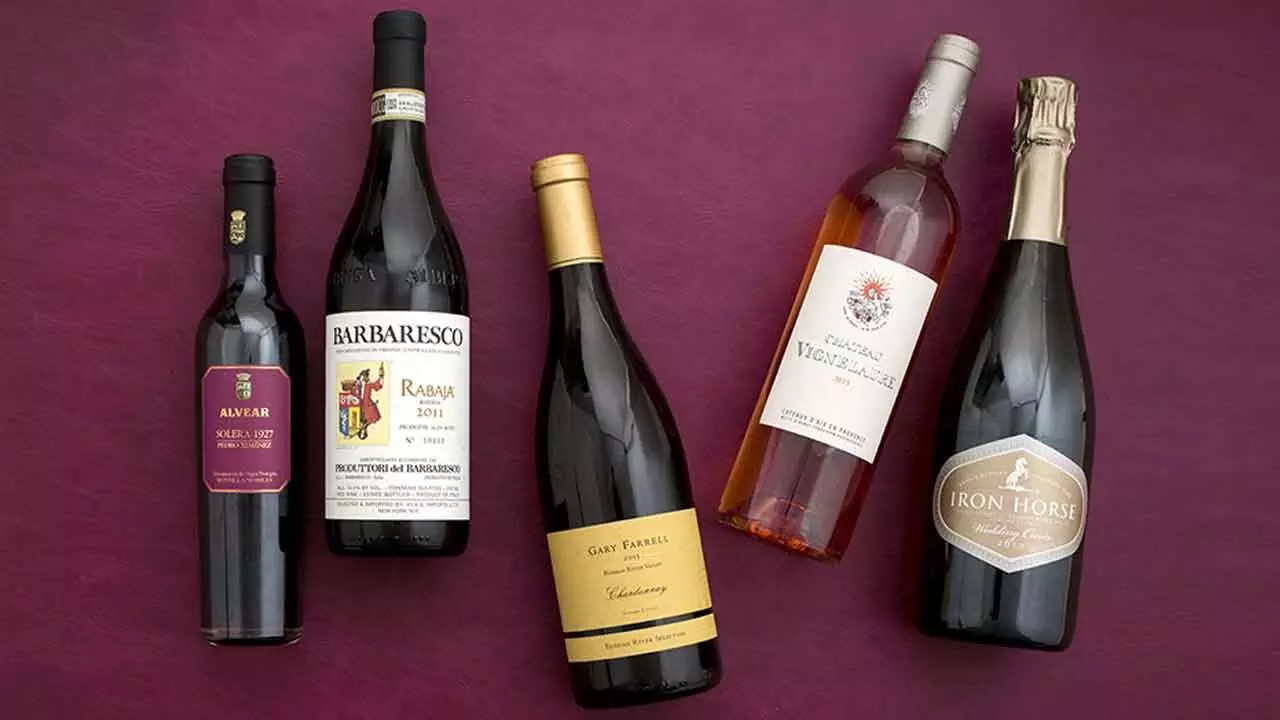Indian Whisky Consumers Start Raising A Toast With Wine
The apparent health benefits and the luxurious appeal of alcoholic beverages are further fuelling the demand
Indian Whisky Consumers Start Raising A Toast With Wine

Urban centres like Mumbai, Bengaluru, Delhi NCR, Pune, and Hyderabad now account for over 70 per cent of wine sales, with exciting growth expected in tier 1 and tier 2 cities
The booming wine industry in India, valued at $195.3 million in 2023, is expected to reach a robust $802.9 million by 2032, with an impressive CAGR of 17.01 per cent, according to the ‘India Wine Report 2024-2032’ by IMARC Group.
The domestic segment was the largest segment and valued at $63.10 million in 2018. Innovation in wine production, such as canned liquor and natural wines, has expanded the market. The apparent health benefits and the luxurious appeal of alcoholic beverages are further fuelling the demand. Wine production using organic methods and adherence to health legislation are crucial factors. Wine tourism, including vineyard tours and wine and meat tastings, adds to the customer experience. Hence, such factors are fuelling the growth of this segment during the forecast period.
Rising population of millennials worldwide is the key trend in the market. Millennials, comprising over 40 per cent of India's working-age population in 2023, hold significant spending power and are increasingly drawn to mild alcoholic beverages such as table wine.
This demographic group, accounting for one-third of India's total population, displays a keen interest in exploring new wine variants and flavours.
The market stands to benefit significantly from this trend, with domestic players capitalizing on the opportunity to expand their reach and attract a larger customer base. Wine cultivation is gaining momentum in India, and the market for mild alcoholic beverages, including table wine and spritz drinks, is expected to witness growth during the forecast period in the both off-trade and on-trade sectors. Thus, such trends will shape the growth of the market during the forecast period. The market continues to captivate consumers with its refreshing properties and taste, making it a popular choice for alcohol consumption worldwide.
It offers a wide range of wine varieties, including still wine, sparkling wine, red wine, rosé wine, and more, each with unique grape varieties and wine styles. The market dynamics are influenced by various factors such as health benefits, luxurious appeal, and changing consumer preferences. Low alcohol-by-volume (ABV) wines are gaining popularity due to health-conscious consumers.
The rise of canned liquor and alcoholic beverages has also influenced the market, with canned wines becoming a trend. Mobile Augmented Reality (AR) technology is transforming the wine industry, offering customers experiences through virtual vineyard tours and wine tastings. The market also includes natural wines, canned wines, and cannabis-infused wines, catering to diverse consumer preferences.
Health legislation and the perception of wine as a luxury good continue to impact the market. Brick-and-mortar stores remain an essential part of the market, offering customers a tactile and sensory experience.
When it comes to consumer preferences, red wine dominates the market, accounting for 49 per cent of total wine consumption. Its rich flavours and alleged health benefits contribute to its widespread popularity among wine lovers. White wine, known for its lighter, crispy character, represents 13 per cent of the market, appealing to those who delight in fruity experiences.
Fortified wine, capturing a significant 35 per cent share, is favoured for its higher alcohol content and longer shelf life, making it attractive for consumers seeking stronger varieties. Lastly, sparkling wine, at three per cent, is cherished mostly during celebratory events, adding effervescence to joyful moments.
The popularity of wine clubs, the surge in online sales, and government support for grape farmers are all contributing to this flourishing landscape. Urban centres like Mumbai, Bengaluru, Delhi NCR, Pune, and Hyderabad now account for over 70 per cent of wine sales, with exciting growth expected in tier 1 and tier 2 cities, signalling a bright future for wine lovers nationwide. This emerging sector invites enthusiasts to engage in vineyard experiences, deepening their connection to local wine cultures.
India imported wine worth $432.8 million in 2023, a major lift-off with 1,177.6 per cent YoY growth. Spain elegantly leads as the primary supplier to India, followed by France, Australia, Italy and Chile. Together, they comprise 98 per cent of India’s wine imports.
This emerging sector invites enthusiasts to engage in vineyard experiences, deepening their connection to local wine cultures.
The Indian wine industry holds immense potential for growth as consumer preferences shift towards experiencing the joy of alcohol consumption rather than mere intoxication.
Wine producers, who continuously innovate and introduce exciting new varieties, are creating a captivating atmosphere that incites curiosity among young and adventurous consumers.

